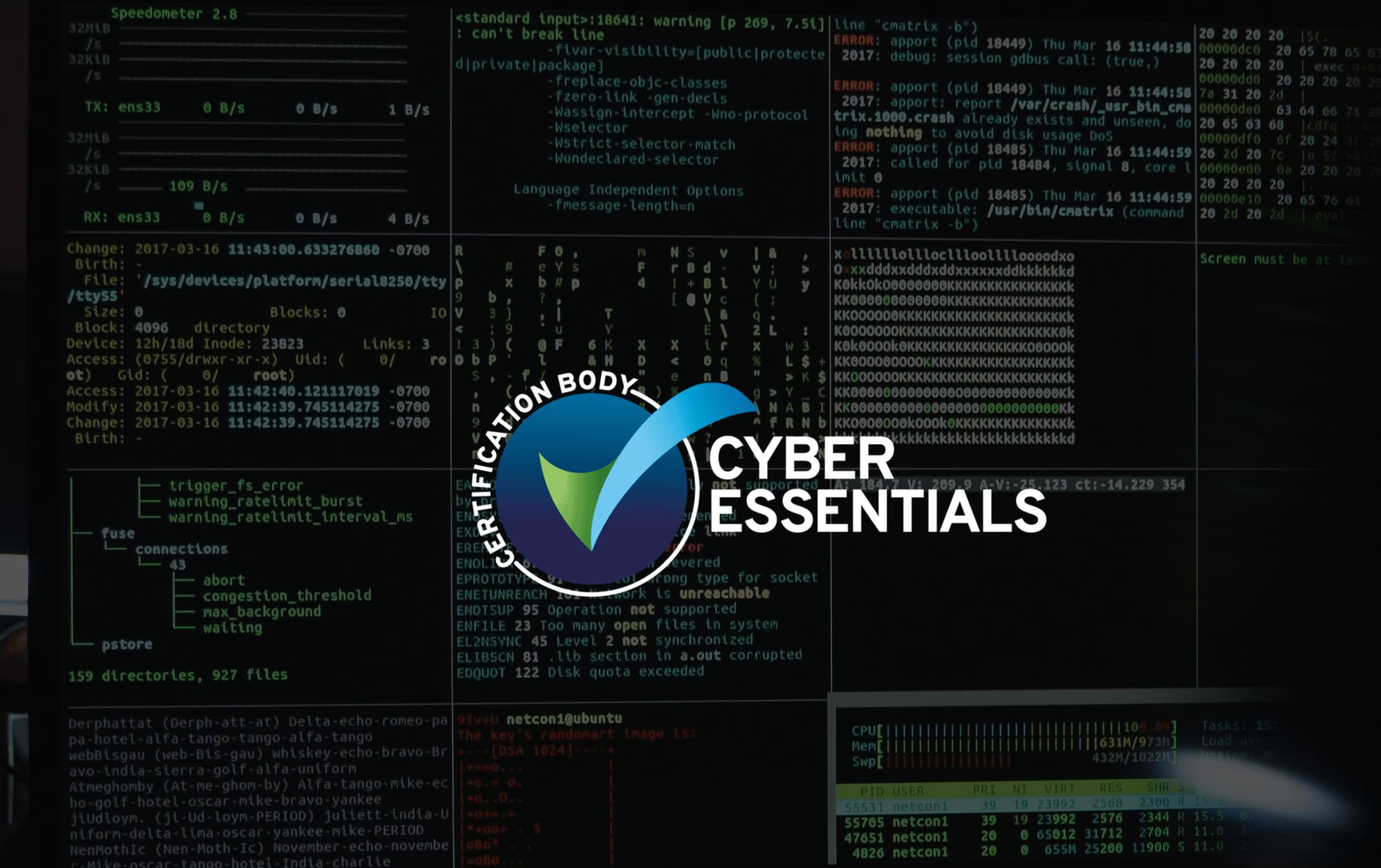Business information and intelligence are some of the most valuable commodities in modern industries. The safety of that data relies not only in robust IT infrastructure but also in the hands of those who access and use it. User awareness training is therefore critical to IT security strategy, equipping employees with the knowledge and best practices to protect against information security breaches.
Understanding User Awareness Training
At its core, user awareness training is a proactive approach adopted by IT and security professionals to reduce user risk. The training involves educating users about their role in combating information security breaches. It’s not just about learning the dos and don’ts; user awareness training can help to encourage a culture of cyber hygiene where every action is taken with security in mind.
The Role Of Phishing Testing
A practical aspect of user awareness training is the use of phishing email test campaigns. These tests simulate real-life cyberattacks without the harmful consequences, providing a safe environment for employees to learn and recognise phishing attempts. It’s best practice for these tests to be a regular feature of your security training program.
Best Practices
The effectiveness of user awareness training hinges on how it is delivered. Traditional one-off sessions that overload users with information have proven to be ineffective. Instead, the training should be:
Persistent: Regular, ongoing training is more effective than one-off sessions.
Engaging: The use of humour and interactive content can enhance the retention of critical security topics.
Concise: Short, focused training sessions respect employees’ time and maintain their interest.
Personalisation And Relevance In Training
Personalising the training experience can significantly increase its effectiveness. Employees are more likely to engage with content that they find directly relevant to their roles. For example, training for IT staff might delve deeper into technical aspects, while training for other staff might focus more on everyday cyber hygiene practices.
The Power Of Microlearning
Microlearning, where training is delivered in small, focused chunks, is a powerful tool in user awareness training. It caters to the modern attention span and fits easily into the busy schedules of employees. By breaking down complex cybersecurity concepts into digestible pieces, microlearning facilitates better understanding and retention.
Gamification: Making Learning Fun And Effective
Gamifying the learning process is another effective strategy. By introducing elements of competition, rewards, and interactive gameplay, training becomes more engaging and enjoyable. Gamification can significantly boost motivation and participation rates in security awareness programs.
Why Human Error Matters
Human error is a significant factor in cybersecurity breaches, with research indicating it being the cause for 95% of breaches. These errors range from clicking on a malicious link in an email to improper disposal of sensitive documents. User awareness training aims to minimise these risks by making employees aware of the consequences of their actions.
Benefits Of A Structured Training Approach
Reduction in Security Breaches: Educated employees are less likely to fall prey to cyberattacks.
Compliance with Regulations: Training helps in adhering to laws like GDPR, HIPAA, etc.
Enhanced Company Reputation: A secure company is a trustworthy company in the eyes of clients and partners.
Components Of Effective User Awareness Training
Engaging Videos: Short, video-based modules that cover a variety of security threats and responses.
Real-world Testing: Regular phishing tests and scenario-based quizzes.
Risk Scoring: Assigning risk scores to employees based on their roles and test performances.
Targeted Training: Focusing resources on employees who need it the most.
Covering Critical Security Topics
Phishing Awareness: Teaching employees to recognise and respond to phishing emails.
Password Security: Instructions on creating and managing strong passwords.
Data Privacy: Educating employees about protecting sensitive data.
Compliance: Covering essential regulations and compliance requirements.
Insider Threats: Recognising and responding to internal security risks.
CEO Fraud: Awareness about impersonation attacks and wire fraud.
Measuring Success And ROI Of Training
Quantifying the success of a security awareness training program is critical. This can include metrics like reduced incidents of security breaches, improved scores in post-training assessments, and feedback from employees. Measuring the return on investment (ROI) of the training helps in justifying the expenditure and in making a case for ongoing investment in cybersecurity training.
Building User Awareness With Akita
Building a cyber-smart workforce through user awareness training is a strategic move towards a more secure business environment. By investing in comprehensive, engaging, and regular training, organisations can bolster their biggest vulnerability – their people.
Our practical approach to user awareness training consists of putting users in real-life scenarios through initiatives such as regular phishing testing. The process often becomes gamified by users who engage in light competition; not wanting to be the one who gets caught by the phishing simulation. As a result of this, they significantly heighten their awareness and take extra precautions to not get caught out, better protecting the organisation as a whole.
Akita is an experienced provider of user awareness training to organisations in a range of industries. Find out more about protecting your operations:
Read More




